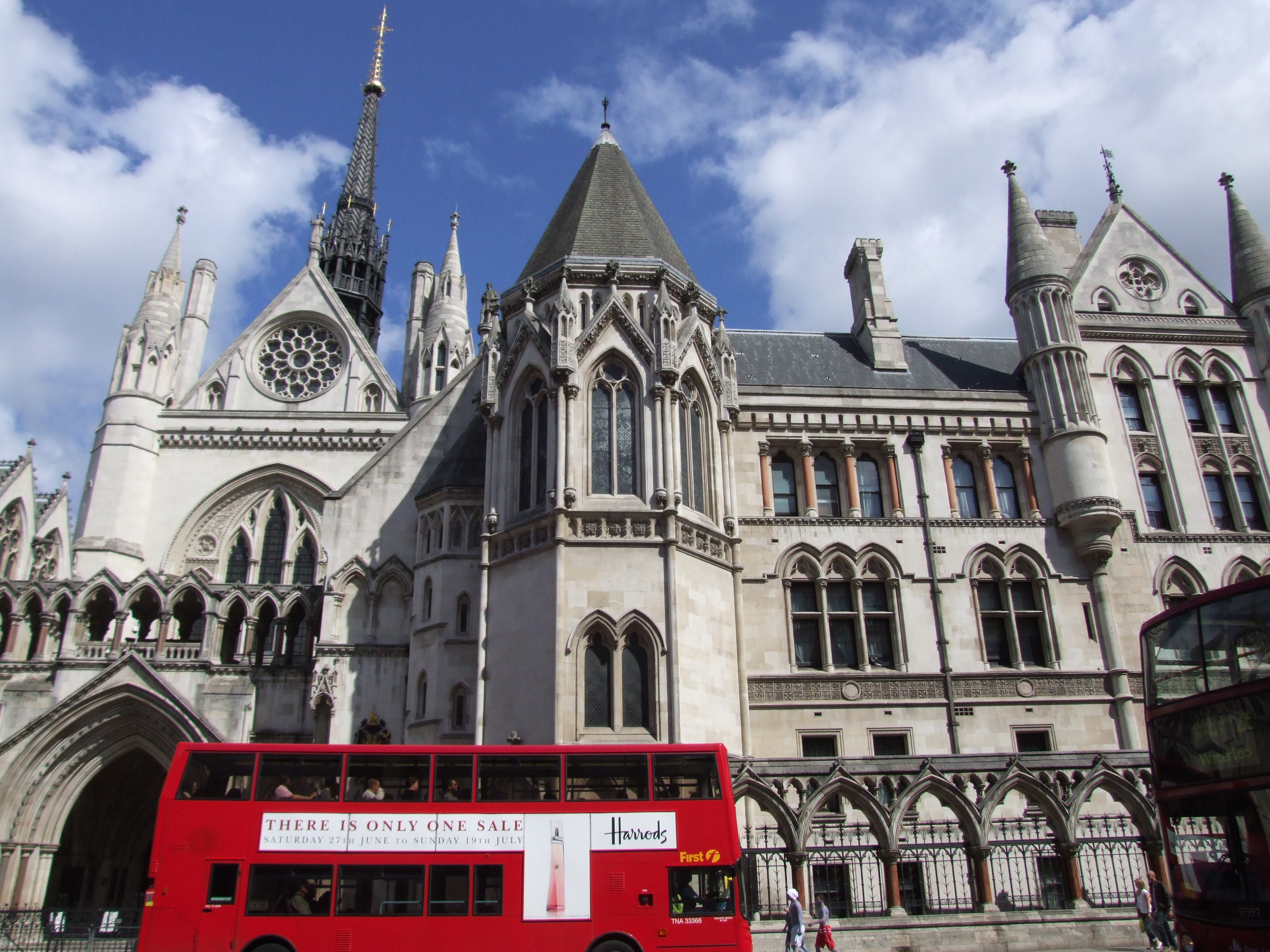Second quarter average total pay declined by 1.2 per cent, according to figures from the Office for National Statistics, leading to further concerns about the state pension triple lock.
The figures mean that pay is growing at its slowest rate since the first quarter of 2012 after negative growth from the construction, wholesaling, retailing and hospitality sectors.
The triple lock ensures that state pensions are guaranteed to increase by whichever is highest out of earnings growth, price inflation or 2.5 per cent.
With earnings on the decline and inflation stuttering below 1 per cent, it looks likely that the state pension will increase by 2.5 per cent next year before potentially benefitting from the sizeable increases in earnings growth which could accompany any post-pandemic economic recovery.
Aegon pensions director, Steven Cameron, said: “A 2.5 per cent increase next April would cost the government almost £2.5bn, not just in the coming tax year but in all future years. And if the earnings component is kept as is, there’s a high chance of a record increase in state pensions the following year with an even greater price tag.”
Analysis from Willis Towers Watson in June warned that the triple lock meant a 'v-shaped' economic recovery from the pandemic could lead to a 21.3 per cent rise in the state pension by 2022.
Cameron noted that cutbacks on the state pension triple lock would save billions but “would be highly unpopular”, while he also stated that the Chancellor “may need to change the way earnings increases are reflected”.
He added: “If the Chancellor is planning any changes to state pensions, the sooner these are announced the better. With many pensioners needing to get by on fixed incomes, it’s vital they know well in advance what to expect and are not left disappointed if expectations aren’t met.”
ONS labour market figures also showed that the UK employment rate dropped by 0.2 per cent in the second quarter to 76.4 per cent, falling most amongst the oldest and youngest workers.
Employment fell by 11.3 per cent among over 65s, while the 16 to 24 age group suffered a 2.6 per cent decrease.
Cameron commented: “In recent years we’ve seen an accelerating trend towards people transitioning into retirement, continuing to work after traditional retirement ages often on a part time basis. For some, this is to remain active while for others, with gold plated final salary pensions largely a thing of the past, it’s a financial necessity.
“Unfortunately, it looks like for many, what they’d hoped would be a gradual transition has turned into a sudden departure from work. This shows how important it is that the Government looks at every age group and considers how best to support them as we tackle the Covid-19 crisis.”
Latest News
-
Over-taxation concerns persist as repayments exceed £1.4bn
-
PA Spring Conference: BBB to establish investment vehicle to attract pension fund investment in venture capital
-
Employers urged to step up on social mobility amid 'diversity-washing' concerns
-
News in brief - 25 April 2025
-
This week in pensions: 21-25 April 2025
-
Govt confirms plans to include small pots solution in Pension Schemes Bill
Being retirement ready
Gavin Lewis, Head of UK and Ireland Institutional at BlackRock, talks to Francesca Fabrizi about the BlackRock 2024 UK Read on Retirement report, 'Ready or not. How are we feeling about retirement?’
Time for CDI
Laura Blows speaks to AXA Investment Managers (AXA IM) senior portfolio manager for fixed income, Rob Price, about cashflow-driven investing (CDI) in Pensions Age’s latest video interview
The role of CDC

In the latest Pensions Age podcast, Laura Blows speaks to TPT Retirement Solutions Chief Client Strategy Officer, Andy O’Regan, about the role of collective DC (CDC) within the UK pensions space
Keeping on track

In the latest Pensions Age podcast, Sophie Smith talks to Pensions Dashboards Programme (PDP) principal, Chris Curry, about the latest pensions dashboards developments, and the work still needed to stay on track
© 2019 Perspective Publishing Privacy & Cookies















Recent Stories